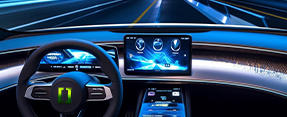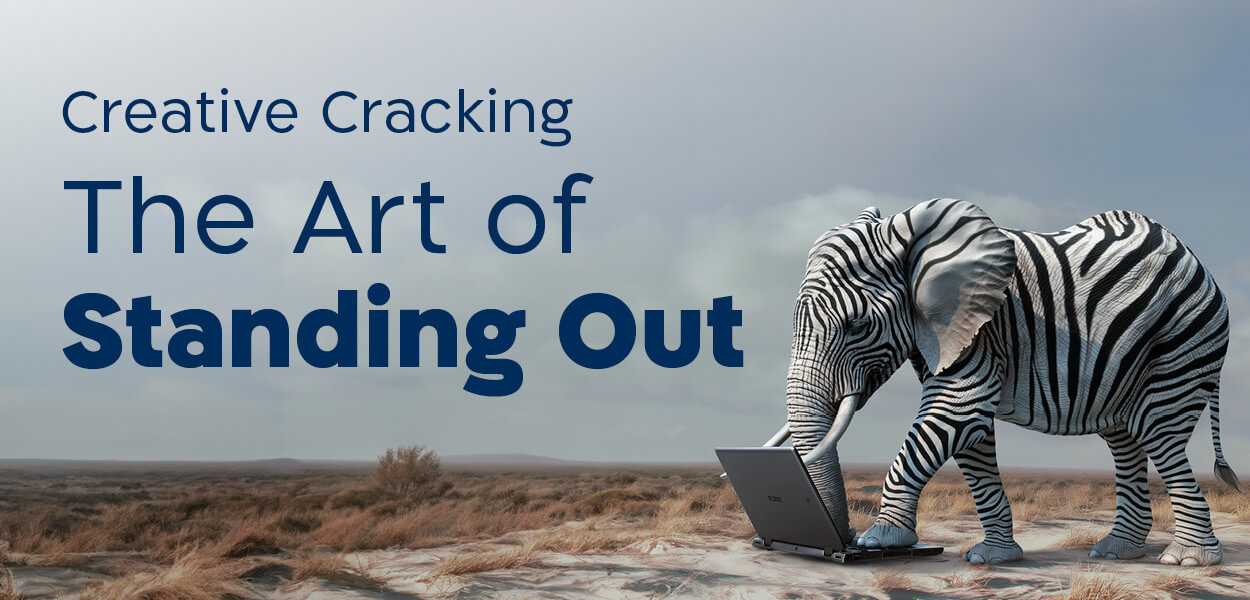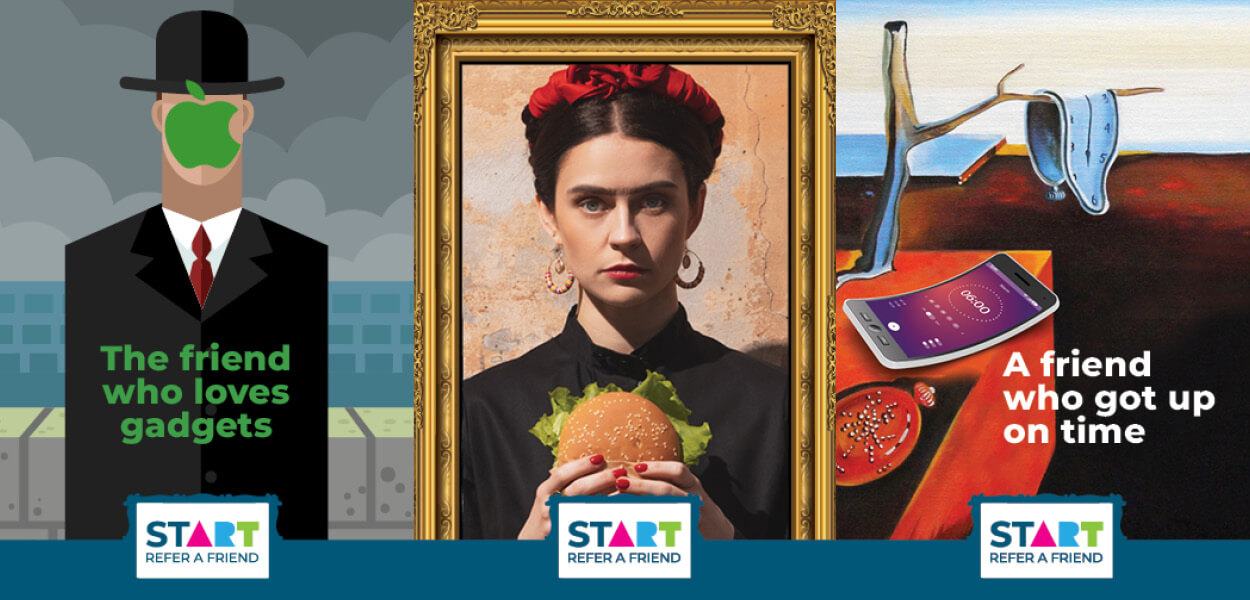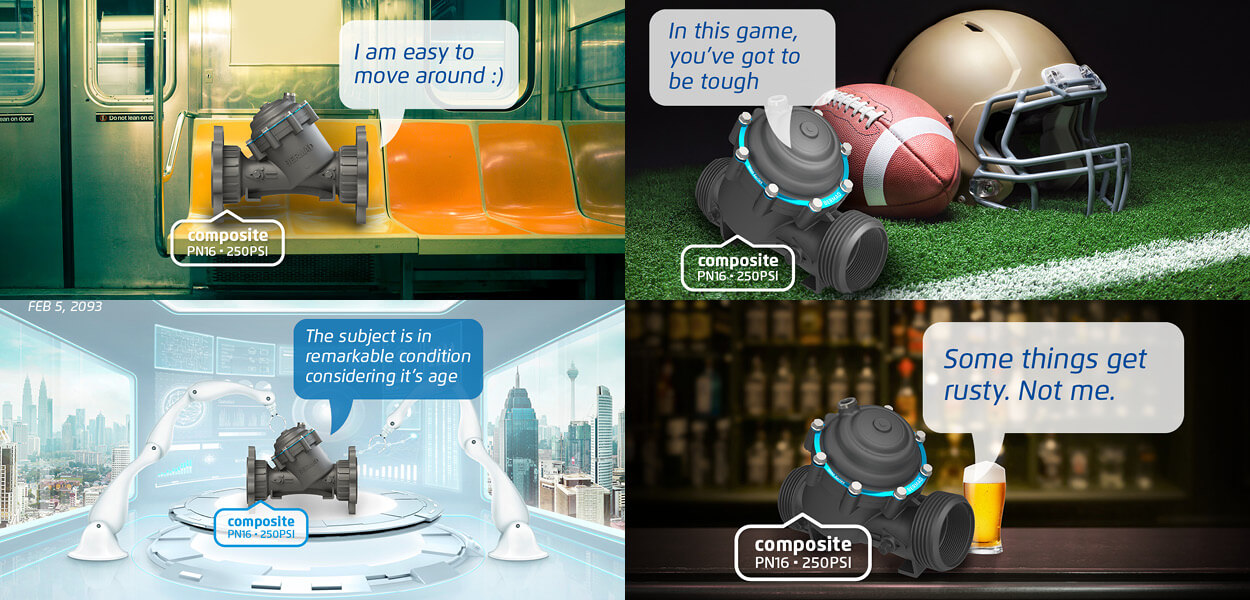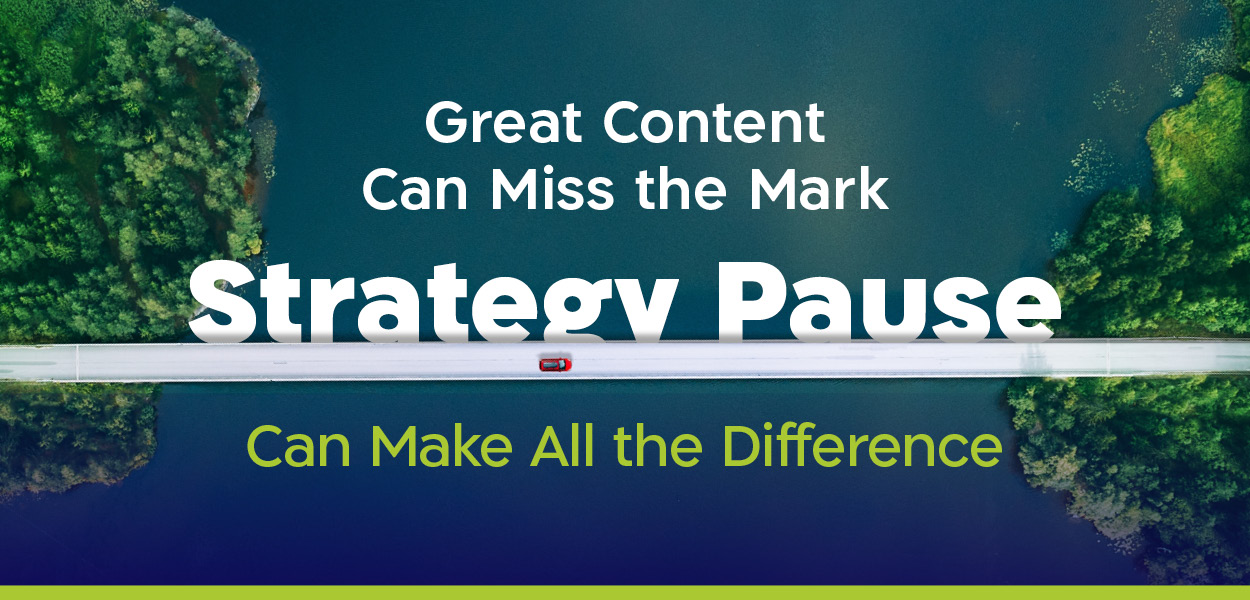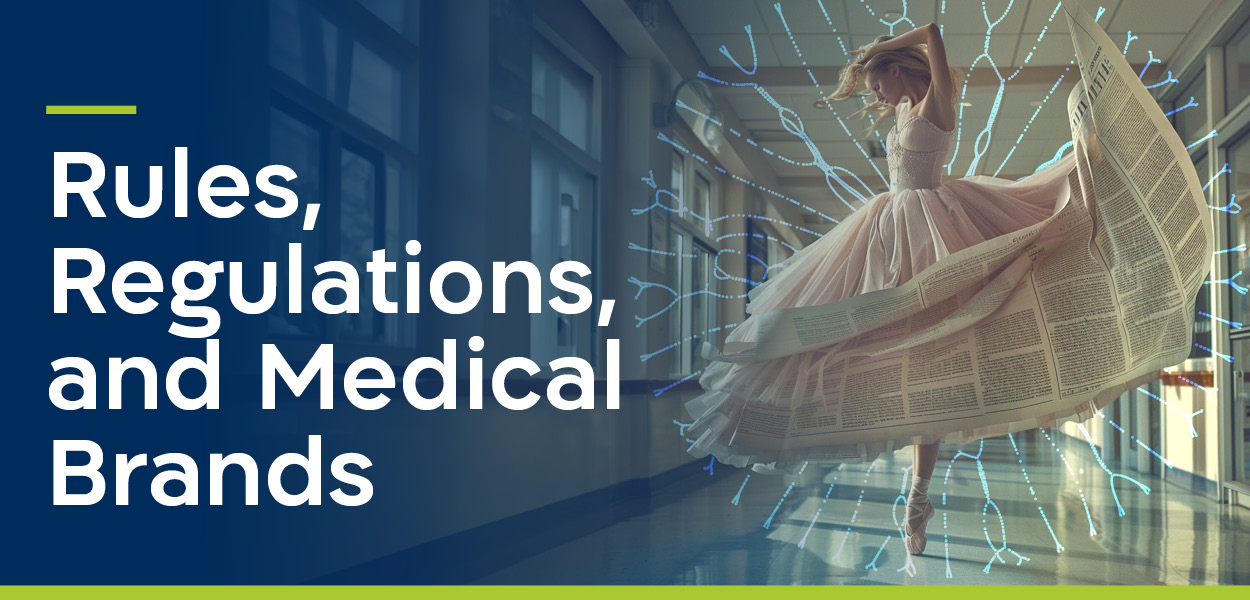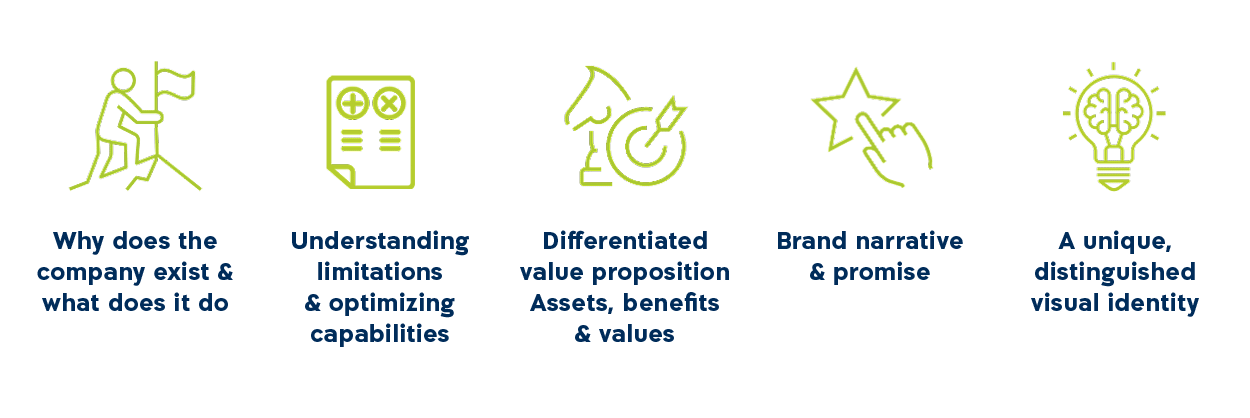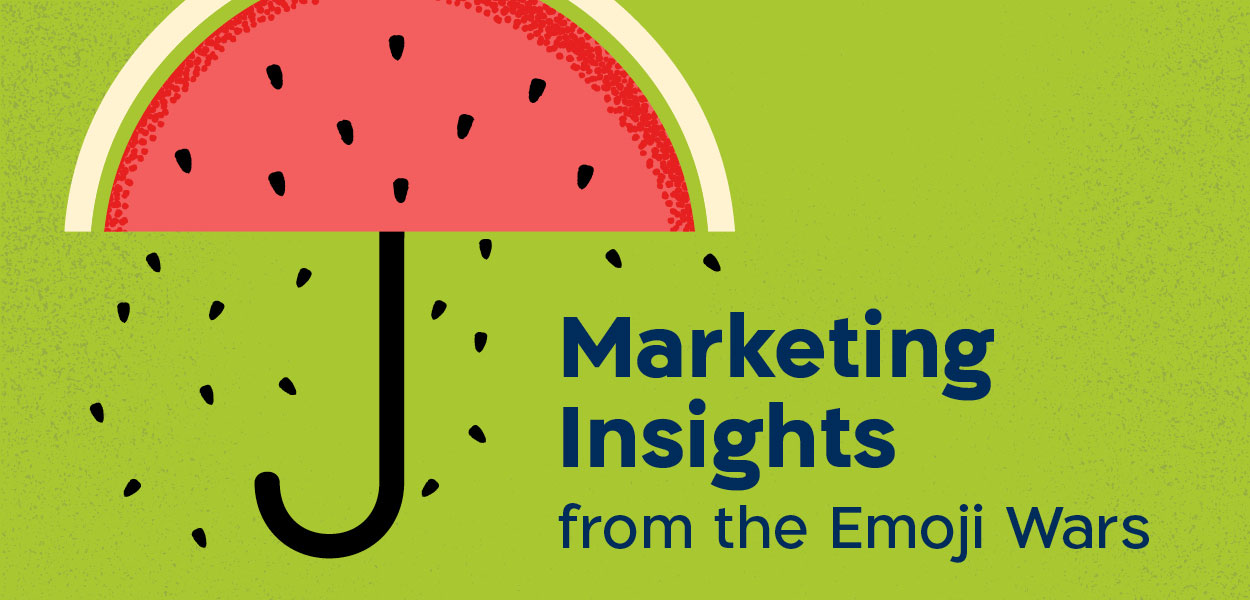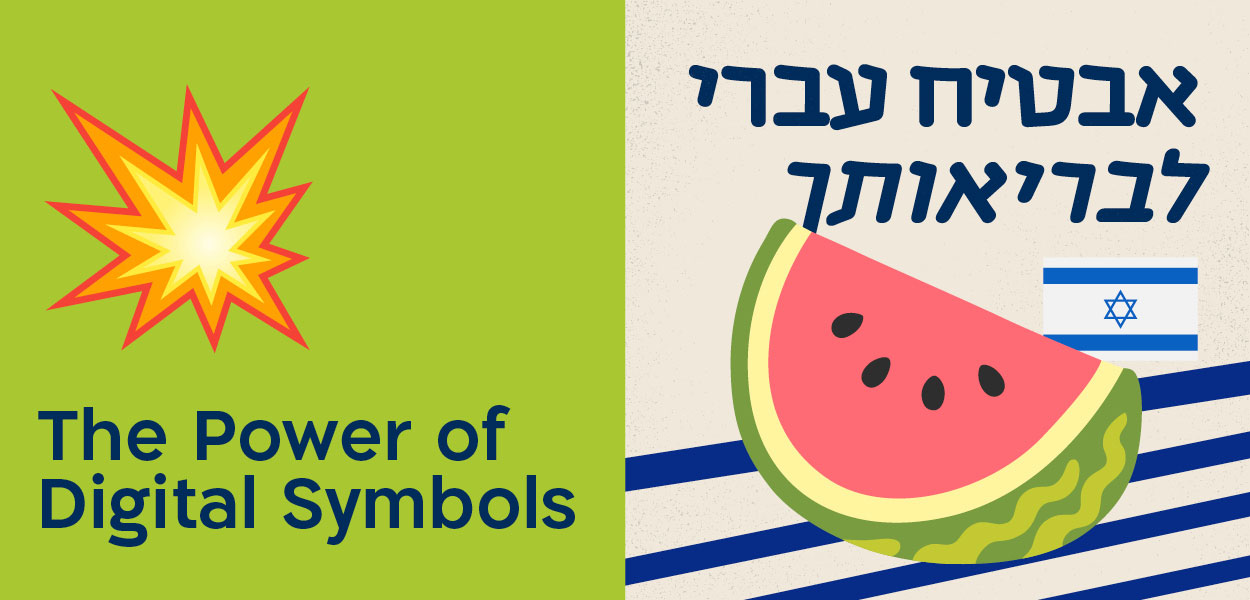May 20, 2024
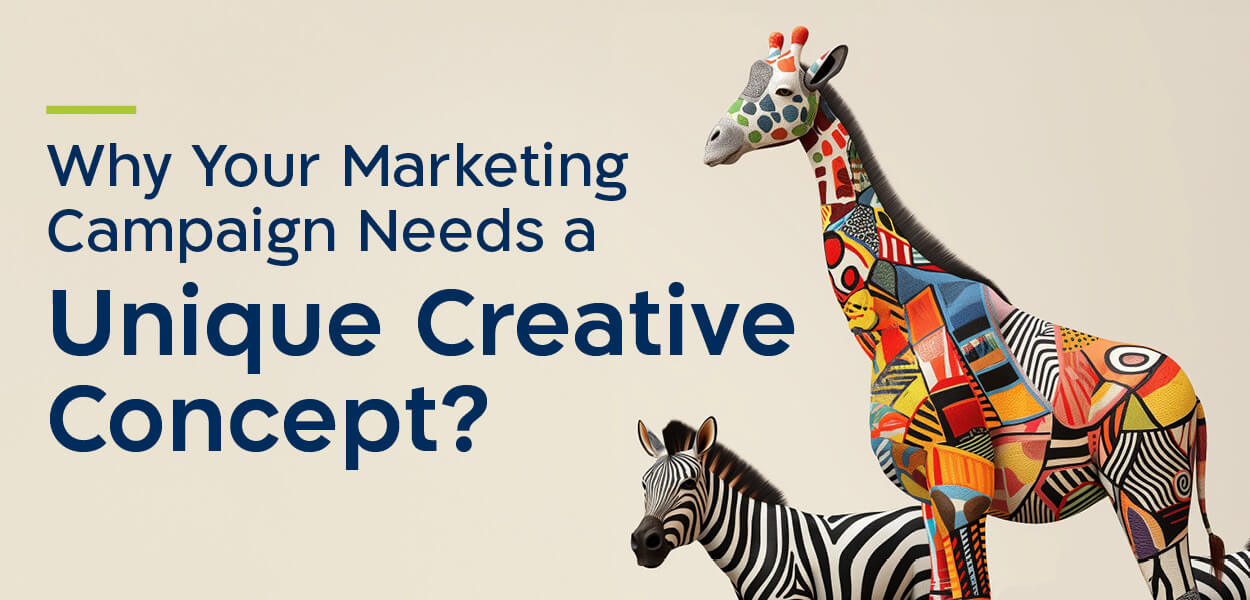
Imagine this: you’re scrolling through your social media feed, bombarded with content. Posts whizz by in a blur of colors and text, each fighting for a sliver of your attention. Suddenly, something stops you.
A captivating image, a thought-provoking headline, a story that unfolds in a way you haven’t seen before. This is the power of a creative concept campaign, uniquely crafted to stand out and resonate deeply.
When you think of a targeted product or service marketing campaign, it’s not the broad strokes of the brand that should catch the consumer’s eye, but the unique twist of the campaign’s creative concept. Like various products under a single brand umbrella, each with their unique packaging to highlight different features and appeal to different demographics, every marketing move should also stand out on its own, supported by what we like to call “creative cracking.”
So, how do you stand out from the crowd and make them stop, read, and want what you offer?
Creative Cracking: The Art of Standing Out
Creative cracking refers to the process of developing a distinctive creative concept that adds a layer of uniqueness and power to your digital marketing campaigns. It’s about breaking through the norm, providing a fresh perspective that draws attention and maintains it, and achieving a high rate of engagement. This process is like how different products under the same brand differentiate themselves through packaging. Similarly, each marketing move should encapsulate a distinct message and visual style that communicates its unique value proposition and resonates with specific target audiences.
A successful marketing campaign must go beyond the typical visibility of the brand. It must be distinctive in its visual presentation and messaging. This requires a deep understanding of the product’s features, qualities, and the demographics it aims to attract. By aligning these elements with a creative concept that pops, the campaign delivers its message with increased impact and memorability.
When to Launch a Creative Concept?
So, how do you know when it’s time to invest in a creative concept campaign? Here are a few key moments:
• Launching a New Product: Generate excitement and buzz around your latest offering with a campaign that speaks directly to your target audience’s needs and desires.
• Entering a New Market: As you venture into uncharted territory, a creative concept campaign can help you build brand awareness and establish yourself as a leader in the new space, enhancing your brand recall.
• Making a Big Announcement: Whether it’s a shift in your industry focus or a strategic partnership, a creative campaign can add weight and memorability to your message.
From Insights to Impact: Our Creative Concept Process
At Oz Global, we understand the power of storytelling real-time marketing. We take a data-driven approach to developing creative concepts, working closely with you to understand your specific needs, target audience, and brand voice. Here’s how we do it –
Laying the Groundwork: Gathering Information and Formulating Ideas
Our approach begins with gathering comprehensive information about your business objectives, the competitive landscape, and your target audience’s preferences. This phase is crucial as it lays the groundwork for crafting marketing moves that are not only creative but also strategically aligned with your business goals.
Visuals and Messages that Speak Volumes
With a clear understanding of your marketing goals and audience insights, we move ahead to shape the visual and narrative elements of your campaign. This involves selecting colors, typography, and imagery that align with the brand’s identity while introducing something new and exciting. Continually experimenting and testing directions, before zooming in, selecting, and finetuning the winning concept. And a new creative direction (or two) is born.
Concept Ideas: The Survival of the “Fittest”
Once you choose the path that best aligns with your vision, we’ll get working on crafting an engaging campaign that extends across your channels. From a captivating landing page to eye-catching social media banners, every touchpoint will, from this moment on, speak the same creative language, cementing your brand identity, generating buzz, and driving high-rate engagement.
Bringing Creative Concepts to Life
After finalizing the design, we bring the creative concept to life across various platforms and touchpoints. Whether it’s digital ads, social media content, or physical marketing materials, every element is designed to reflect the unified creative concept, ensuring consistency and boosting brand recall.
Why Creative Concepts are Marketing Gold
To break through the noise and engage professional audiences effectively in B2B marketing, creative concepts are a must. With innovative marketing strategies, that tap into your audience’s emotions (emotional appeal), a standard product launch can turn into a compelling business story that lands on the desks of decision-makers.
Creative concepts help to raise the perceived value of a product or service and build meaningful connections with your customers, driving conversions and strengthening long-term partnerships. By prioritizing creativity, B2B companies can make sure their marketing efforts are seen, remembered, and acted upon.
And don’t forget the power of a clear call to action (CTA) during a targeted product or service marketing campaign! Whether it’s encouraging a visit to your dedicated landing page, downloading your white paper, or signing up for an upcoming webinar, a strong CTA will ensure your audience knows exactly what you want them to do next.
Your Story, Amplified
Employing a unique creative concept does more than just attract attention, it amps up all your marketing efforts, by –
– Standing out: It separates your campaign marketing moves from your ongoing brand marketing programs, helping your campaign stand out.
– Boosting Engagement: Adding visually appealing and message-oriented concepts helps make a campaign more memorable and engaging.
– Building Long-term Brand Recall: Just as unique packaging can make products memorable, unique creative concepts can help marketing moves linger in the minds of consumers, helping to achieve long-term brand recall.
A Final Thought
For a marketing move to be successful, it needs a strong creative element. In the same way that different products of the same brand thrive in unique packaging, each marketing campaign needs its own creative concept to make sure it speaks directly and powerfully to the target audience. Not only does it boost visibility, it leaves a lasting impression.
So, are you ready to break free from the monotonous scroll and make a lasting impact? Let us help you develop a creative concept campaign that gets noticed, remembered, and drives real results.








